
Mobile Cohorts (ATOM)
Get the most value from every user, no ID needed
Future-proof your ad revenue with proprietary technology designed to maximize mobile targeting precision while adhering to evolving privacy regulations.
Achieve 100% addressability without mobile identifiers or risk
Overcome anonymity and get the best of both worlds by reclaiming powerful mobile targeting tactics, all while adhering to privacy regulations. ATOM uses proprietary machine learning technology to evaluate and identify cohorts that meet your targeting criteria, giving you the confidence to activate relevant campaigns that support your ROI.
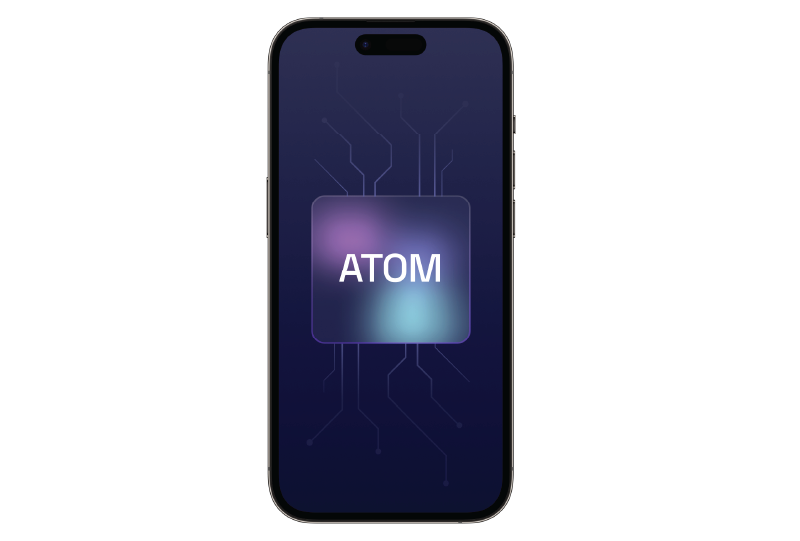
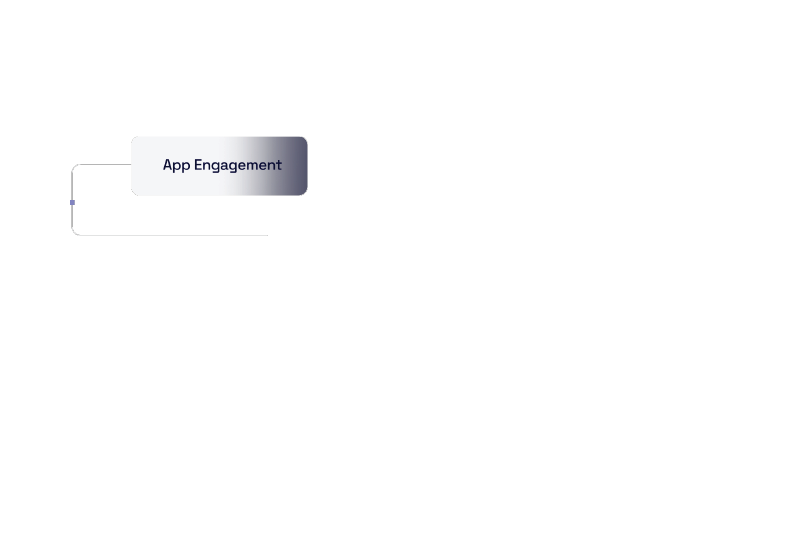
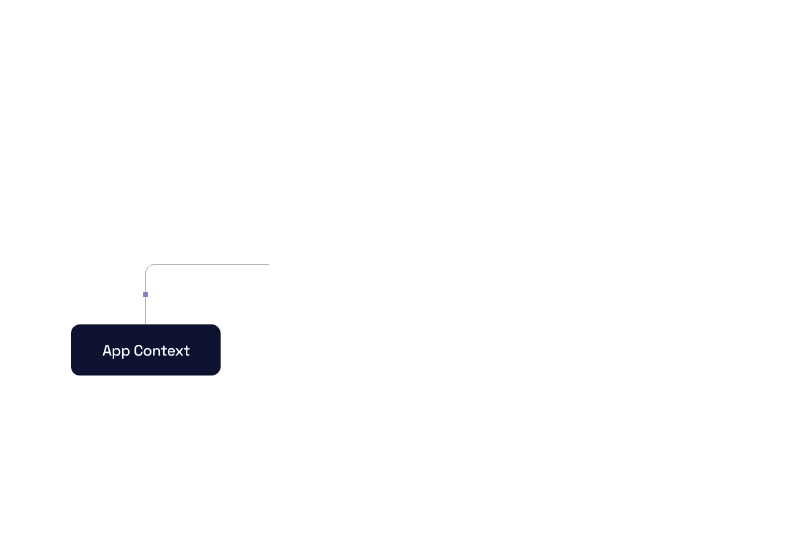
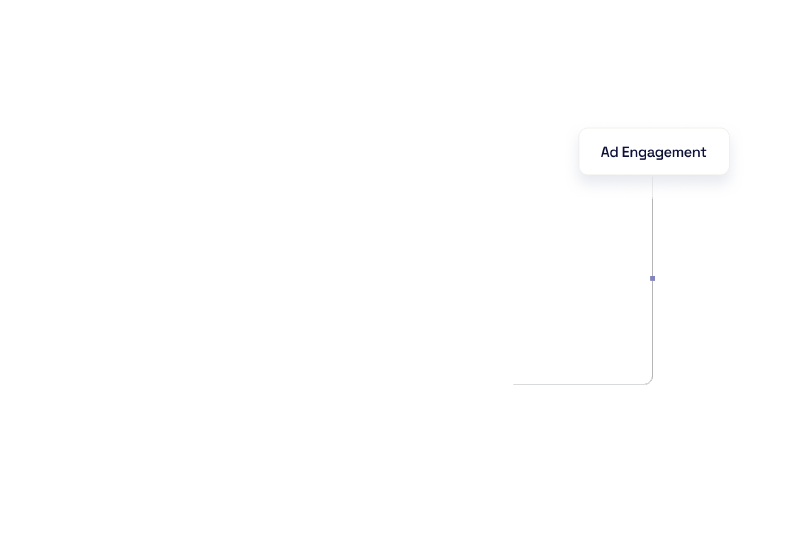

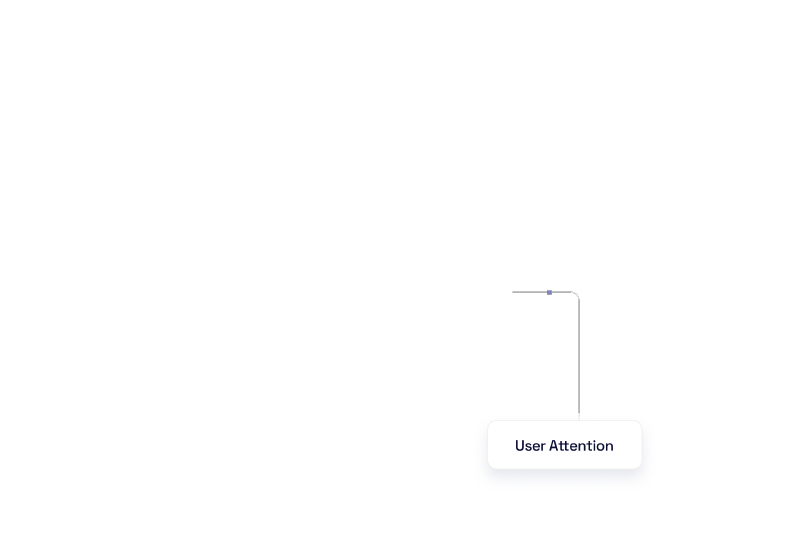
A scalable, privacy-centric solution
Leverage advanced targeting and strategic revenue optimization capabilities to boost your ad ROI.
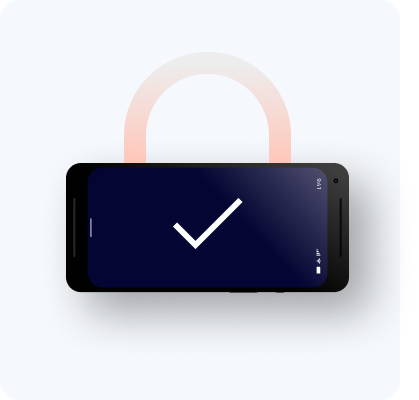
Secure and private
Ensure safety and compliance by building on-device audience cohorts on the device without the use of personal identifiable information.
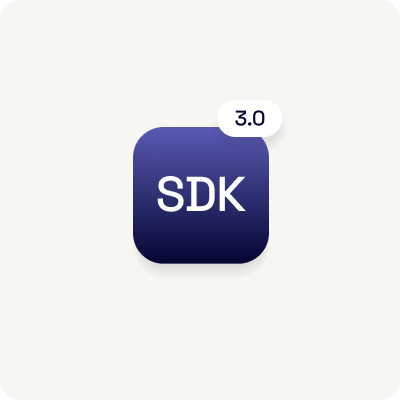
Global scale
Scale your monetization efforts across a range of apps thanks to wide adoptions of our HyBid SDK 3.0 SDK.

Robust targeting
Leverage cutting-edge machine learning/AI computing models to ensure cohort relevancy, based on contextual signals from the app and device.
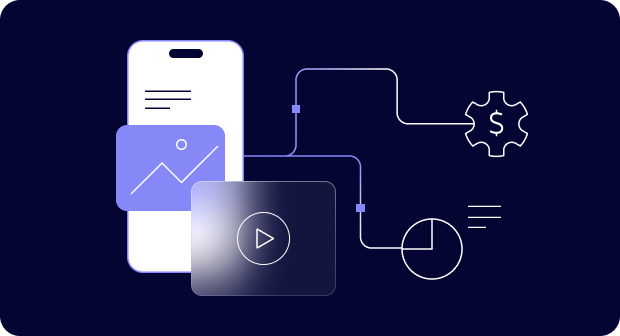
App publishers increase ad fill rates
Our transparent, open-source platform gives you full control over ad configuration while boosting eCPMs for iOS users who opt out of IDFA, ensuring compliance and driving revenue. With on-device processing, user data stays secure and private, never leaving the device.

Marketers reach high-value users
Identify user insights and deliver relevant ads while staying compliant. Reach your full target audience using on-device machine learning for precise targeting and data protection. Achieve your awareness and performance goals with global reach.


Katie Mcbrien
Systems Engineer
“Lorem ipsum dolor sit amet, consectetur adipiscing elit. Sed euismod ac urna ac aliquam. Mauris eu tortor non erat facilisis vulputate. Sed laoreet sed sem lacinia finibus”.
Katie Mcbrien
Systems Engineer
“Lorem ipsum dolor sit amet, consectetur adipiscing elit. Sed euismod ac urna ac aliquam. Mauris eu tortor non erat facilisis vulputate. Sed laoreet sed sem lacinia finibus”.
Unlock ID-less monetization today
Explore how ATOM can enhance your mobile monetization strategy with advanced, privacy-compliant targeting solutions.
Related Content
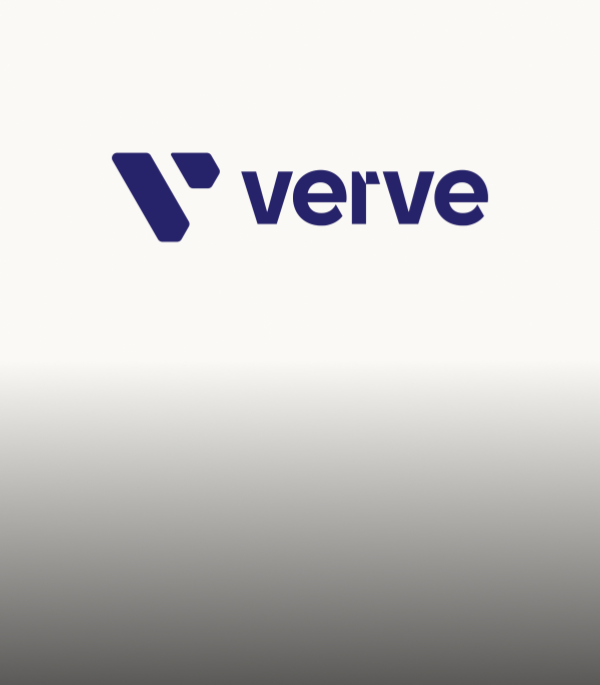
Press

Blog

Blog

Blog
Subscribe to stay in the know